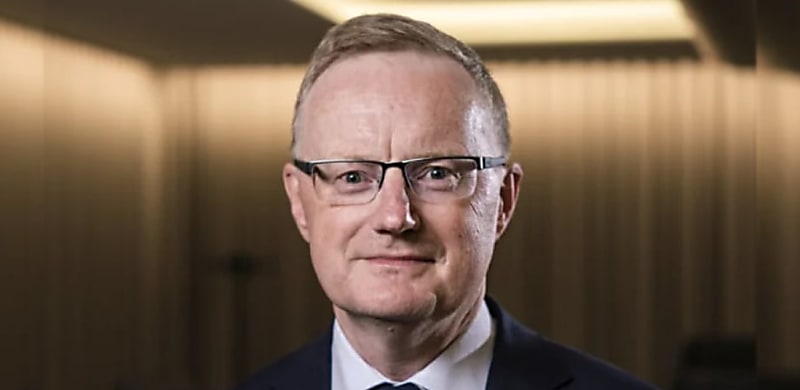
Philip Lowe reflects on his tenure in his final speech as RBA governor.
Governor of the Reserve Bank of Australia (RBA), Philip Lowe, delivered his last speech at the Anika Foundation (7 September). Mr Lowe will be ending his 43-year career with the Reserve Bank and his seven-year tenure as governor.
During his speech, Mr Lowe reflected on the challenges he faced while governor, particularly regarding inflation, interest rates, and the perception he gained from the media and public at large.
One of the fixed points Mr Lowe mentioned was the high cost of housing and the problem it poses to the economy and society.
He said while the price of housing can be influenced by interest rates, he suggested that it’s only part of the bigger picture.
According to Mr Lowe, the high cost of housing is an “outcome of the choices we have made as a society”.
He suggested that where we’ve chosen to live, how our cities are designed, how we regulate and zone urban land, the investments and design of transport systems, and how land and housing investments are taxed are all contributing factors that have led to the current housing climate.
“In each of these areas, our society and politicians have made choices that lead to high urban land and housing costs. It is by tackling these issues that we can address the high cost of housing in Australia, which I view as a serious economic and social problem,” Mr Lowe said.
Criticisms over the past year
The never-before-seen monetary policy tightening cycle brought on by the RBA since May 2022, which saw interest rates rise from historical lows of 0.1 per cent to 4.1 per cent, attracted Mr Lowe his share of negative attention and criticisms.
The RBA lifted interest rates for 10 consecutive months before a single month pause in April, followed by two more rate rises for a total of 12 in 13 months.
Since July, the RBA has held the cash rate steady at 4.1 per cent, with many economists believing we have seen the end of rate rises.
Mr Lowe addressed the aspersions cast on him, particularly his comments about “everybody needing a flatmate”, working more hours to make ends meet, and his “promise” that rates wouldn’t rise until 2024, and admitted that he may have “missed the mark” on some of these explanations.
“But the media has a responsibility too,” Mr Lowe said.
“My view is that we will get better outcomes if the public square is filled with facts and nuanced and informed debate, rather than vitriol, personal attacks, and clickbait. As a society, we have got work to do here.”
He noted that this emphasised the challenges of communicating in a day and age of social and digital media.
The future of the RBA
In July, Prime Minister Anthony Albanese and Treasurer Jim Chalmers named Michele Bullock as Mr Lowe’s successor.
Beginning her new role on 18 September 2023, she is slated to become the central bank’s first female governor.
Like Mr Lowe, Ms Bullock will run for a seven-year term and will depart from her current role as deputy governor.
In the outgoing governor’s final remarks, he wished Ms Bullock and her team luck as they “navigate the uncertainties ahead”.
However, this isn’t the only change the RBA will undertake, as it prepares to undergo a shake-up following its decision to implement 10 recommendations from a wide-ranging review into the RBA.
As part of those changes, the RBA will now only meet eight times a year, rather than 11 times, and will be longer than is currently the case, typically starting on the Monday afternoon and then continuing on the Tuesday morning with the outcome being announced at 2:30 pm on the second day.
The 2024 meeting dates are as follows:
• 5–6 February
• 18–19 March
• 6–7 May
• 17–18 June
• 5–6 August
• 23–24 September
• 4–5 November
• 9–10 December
 Login
Login










JOIN THE DISCUSSION
Adrian Suljanovic
AUTHOR
Adrian Suljanovic is a journalist on Momentum Media's mortgages titles: The Adviser and Mortgage Business.
Adrian has written for a range of titles under the Momentum Media umbrella such as IFA, Investor Daily and Lawyer’s Weekly before joining the mortgages team in 2022.
He graduated from the University of Wollongong in 2021 gaining a Bachelor of Communication & Media with a major in Digital & Social Media.
E-mail Adrian at: adrian.suljanovic@momentummedia.com.au